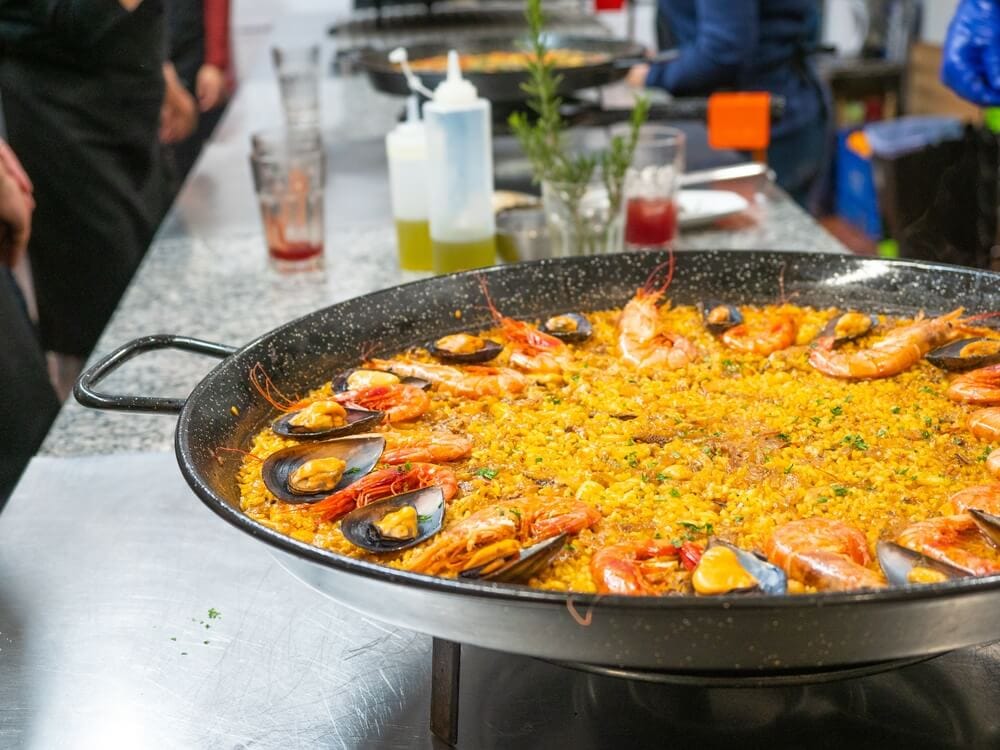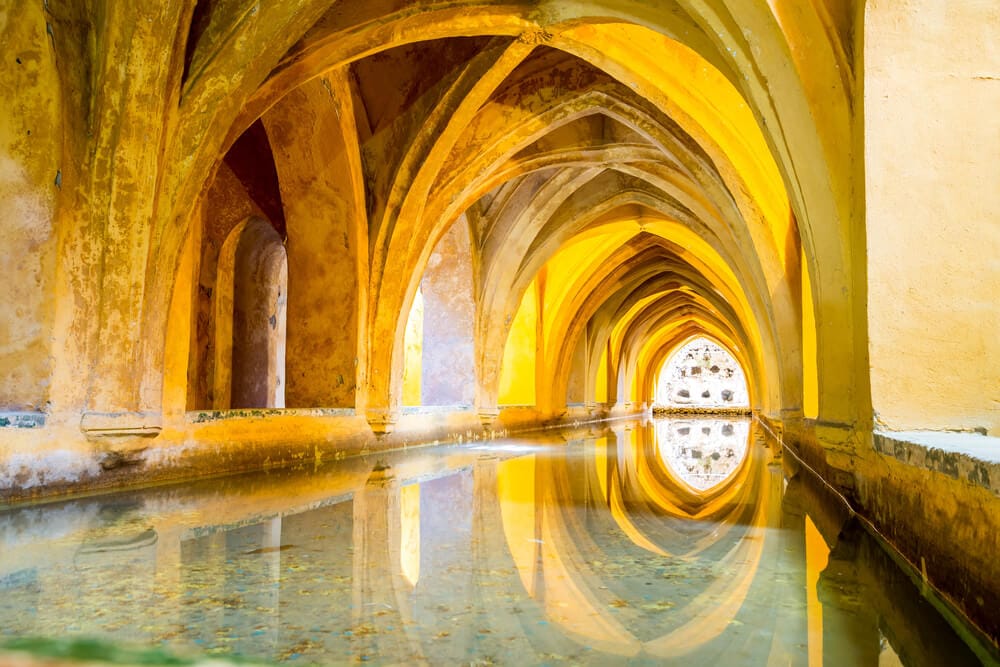
The Moorish Legacy in Andalusia: A Culture That Still Thrives
The Rise of Al-Andalus: A Golden Age of Culture
From Conquest to Cultural Flourishing
In 711 AD, the Moors crossed the Strait of Gibraltar and quickly conquered most of the Iberian Peninsula, establishing the region of Al-Andalus. Unlike much of medieval Europe, Al-Andalus became a thriving center of knowledge and progress, where science, philosophy, medicine, and architecture flourished.
The Role of Córdoba as an Intellectual Powerhouse
By the 10th century, Córdoba was the largest and most advanced city in Europe, home to over 70 libraries, medical schools, and scientific institutions. Scholars like Averroes (Ibn Rushd) and Maimonides revolutionized medicine, astronomy, and philosophy, influencing European thought for centuries.
The Coexistence of Religions in Al-Andalus
Muslims, Christians, and Jews coexisted for much of Moorish rule, creating a multicultural society where knowledge and traditions merged. This exchange of ideas led to groundbreaking innovations in engineering, agriculture, and the arts, many of which are still present in Andalusian culture today.
Iconic Moorish Architecture in Andalusia
The Alhambra of Granada: A Masterpiece of Islamic Art
The Alhambra, one of the most visited monuments in Spain, is a breathtaking palace-fortress built by the Nasrid Dynasty. Its intricate stucco work, geometric tile mosaics, and lush gardens showcase Moorish artistry at its finest.
Insider Tip: Book a night visit for a more intimate and atmospheric experience of the Nasrid Palaces.
The Mezquita of Córdoba: A Mosque Turned Cathedral
Originally, a grand mosque and later converted into a Catholic cathedral, the Mezquita of Córdoba is an architectural marvel, famous for its red-and-white striped arches and exquisite mihrab (prayer niche).
Must-See Feature: The forest of columns, creating a mesmerizing visual effect.
The Alcázar of Seville: A Royal Palace of Moorish Splendor
Originally built as a Moorish fortress, the Alcázar of Seville was later transformed into a Christian royal palace while still preserving its Mudejar-style courtyards and fountains. Even today, Spain’s royal family still uses the Alcázar, making it the oldest royal palace in Europe still in use.
Travel Tip: Arrive early to explore its breathtaking halls and lush gardens before the crowds arrive.
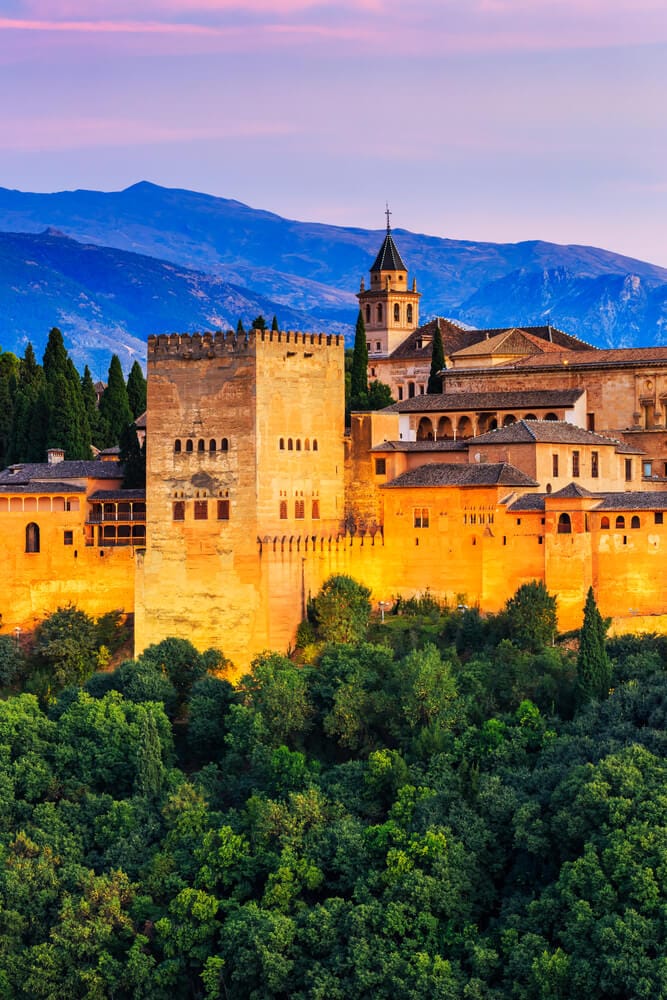
SIGN UP FOR OUR NEWSLETTER OR FOLLOW US ON SOCIAL MEDIA
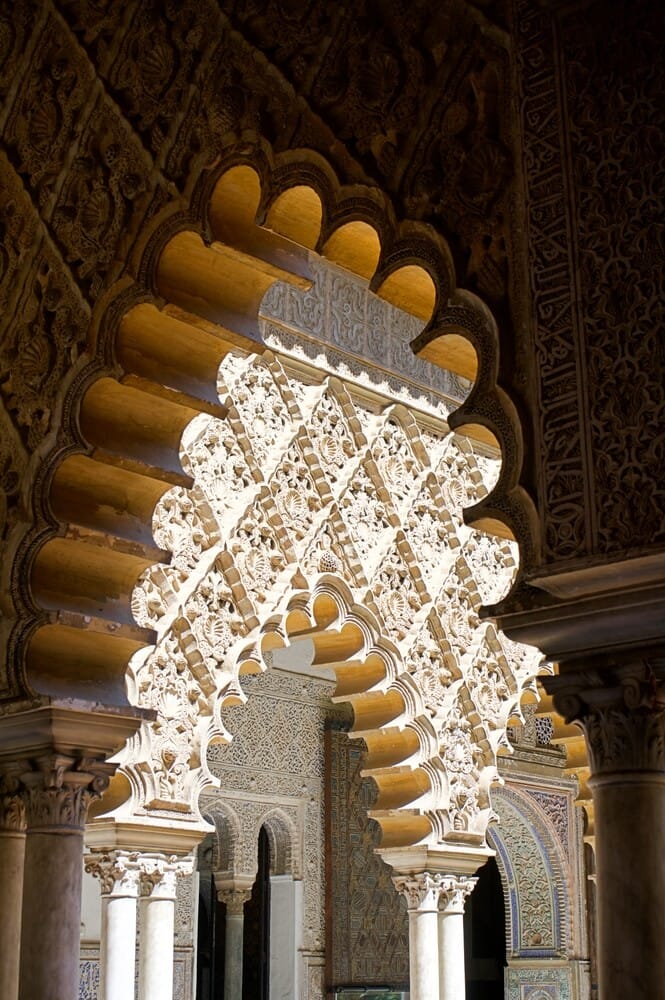
Moorish Influence on Andalusian Culture
The Lasting Impact on Andalusian Cuisine
Many of Spain’s most beloved dishes have Moorish origins, including:
- Almond-based desserts like turrón and polvorones.
- Saffron-infused rice dishes, which evolved into paella.
- Gazpacho and salmorejo, inspired by Moorish culinary techniques.
Food Experience: Enjoy a Moorish-inspired tasting menu at a traditional Andalusian restaurant in Granada or Córdoba.
The Arabic Influence on the Spanish Language
Did you know that nearly 4,000 Spanish words have Arabic origins? Everyday terms like almohada (pillow), azúcar (sugar), and ojalá (hopefully) stem from Moorish rule, highlighting centuries of linguistic exchange.
Andalusia’s Moorish-Inspired Courtyards (Patios)
Many traditional Andalusian homes feature Moorish-style patios—shaded courtyards with fountains, lush plants, and colorful ceramic tiles. The Patio Festival of Córdoba, held every May, allows visitors to explore some of the most beautiful private patios in Spain.
Experiencing Moorish Heritage Today
Strolling Through the Albaicín of Granada
The Albaicín is Granada’s ancient Moorish quarter, a maze of whitewashed streets, hidden gardens, and scenic viewpoints overlooking the Alhambra. This historic neighborhood is perfect for sunset walks, offering some of the best panoramic views in Spain.
Best Spot for Views: The Mirador de San Nicolás, a favorite among photographers and travelers.
Relaxing in a Traditional Hammam (Moorish Baths)
In the Moorish era, hammams (public baths) were an essential part of daily life. Today, you can relax in restored Arabic baths, enjoying warm pools, aromatic massages, and candle-lit steam rooms.
Top Hammams in Andalusia:
- Hammam Al Ándalus (Granada & Córdoba) – A luxurious Moorish bathhouse with authentic architecture.
- Aire de Sevilla – A stunning Arabic-style spa in Seville’s old town.
Attending an Andalusian-Arabic Music Night
Famous 9th-century Moorish musician Ziryab introduced new musical styles to Spain, influencing flamenco and Spanish guitar music. Some venues in Granada and Córdoba offer live Andalusian-Arabic fusion music, bringing the spirit of Al-Andalus to life.
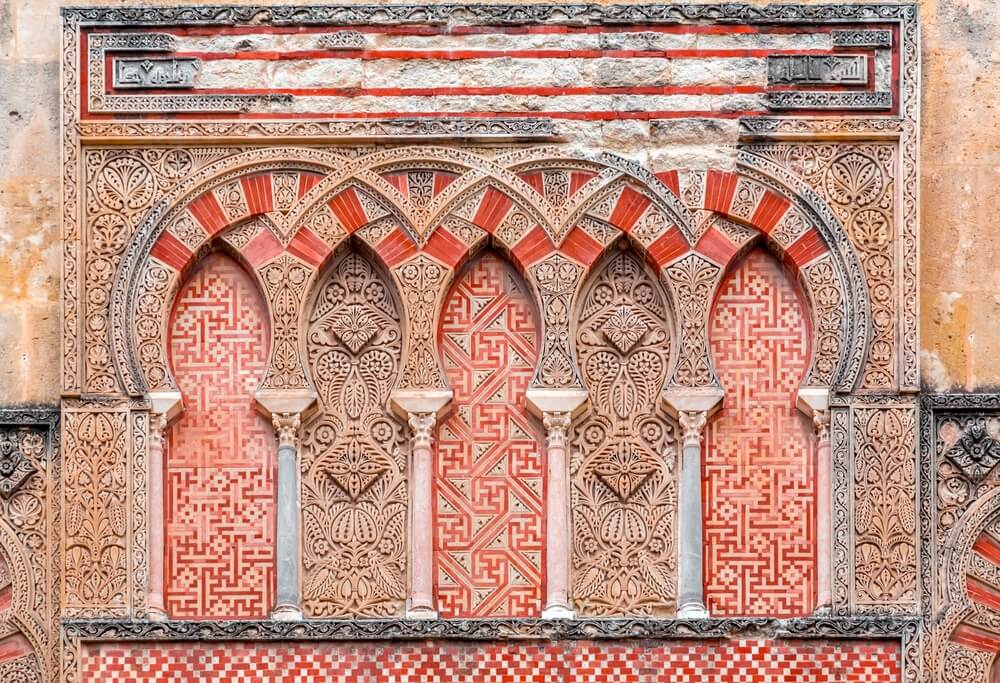
The Hidden Moorish Gems of Andalusia
Medina Azahara: The Forgotten Moorish City
Just outside Córdoba, Medina Azahara was a magnificent palace-city built by Caliph Abd-ar-Rahman III. Though now in ruins, its restored archways and mosaic remains hint at its former grandeur.
The Watchtowers of Al-Andalus
All across Andalusia, you’ll find ancient Moorish watchtowers, known as atalayas, which were used for defense and communication. Many are accessible to visitors, offering spectacular hilltop views.
The Hidden Caves of Guadix
The Guadix cave dwellings, carved into the hills near Granada, date back to Moorish times and are still inhabited today. Some have been converted into charming guesthouses, offering a unique overnight stay.
The Moorish legacy in Andalusia is alive and thriving, shaping everything from architecture and language to cuisine and music. Walking through the Alhambra, the Mezquita, or the Albaicín feels like stepping back into a bygone era, where Islamic, Jewish, and Christian cultures once flourished together.
For those seeking a deeper cultural experience, we offer tailored travel itineraries that take you beyond the tourist sites—into hidden Moorish gems, traditional hammams, and exclusive Andalusian experiences. Whether you’re wandering ancient palaces, savoring Moorish-inspired cuisine, or soaking in an Arabic bath, the spirit of Al-Andalus awaits.



